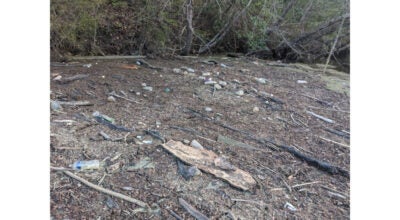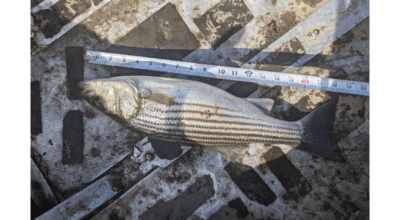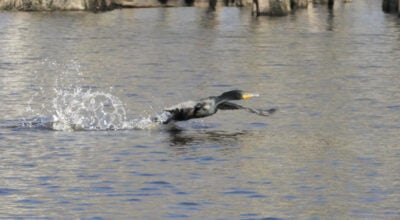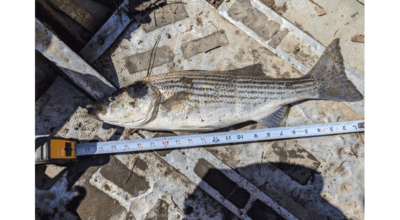Berries steal the show
Published 10:24 pm Monday, September 28, 2020
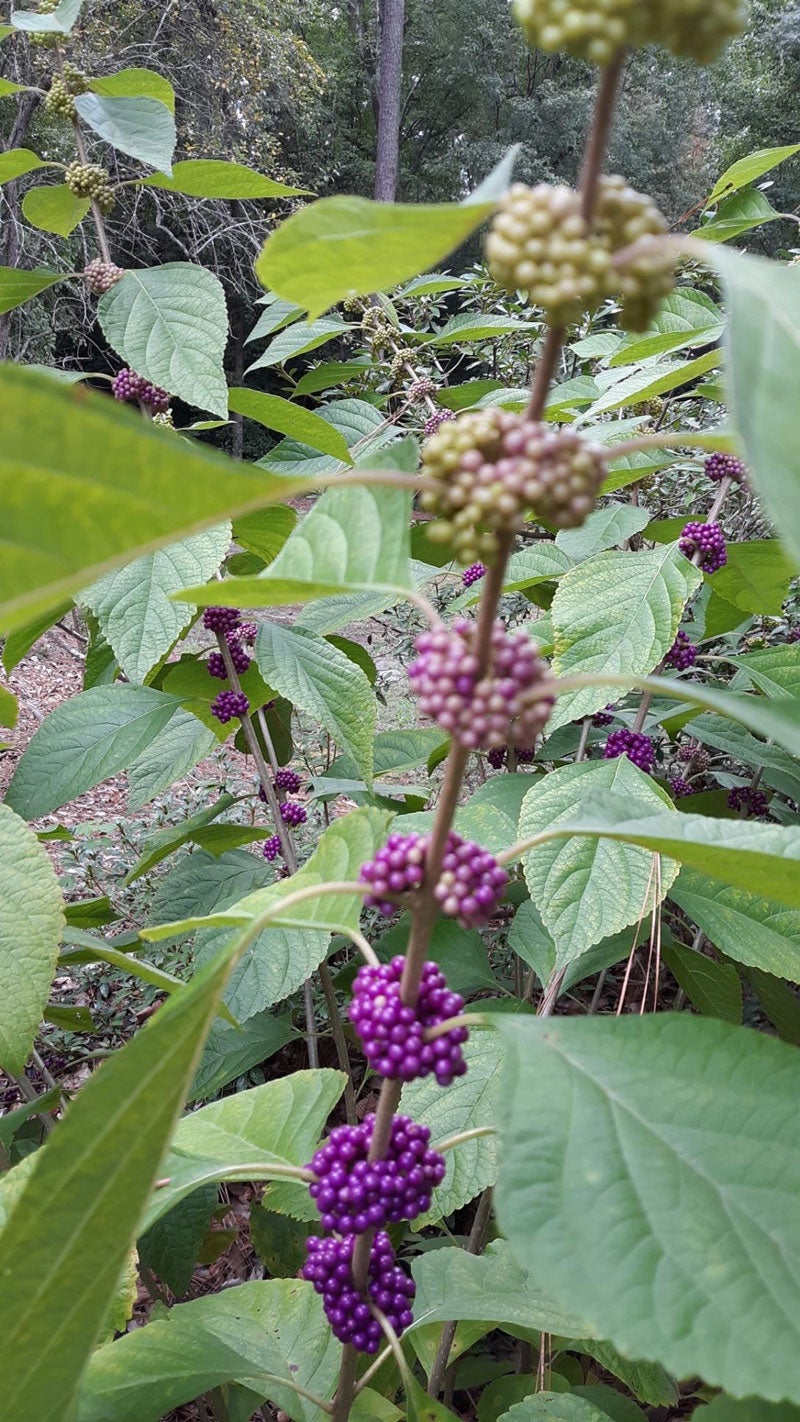
- With long slender branches laden with dense clusters of magenta berries, American Beauty-berry is a welcomed sight against a background of fading vegetation. -- Submitted Mary Catherine Foster
|
Getting your Trinity Audio player ready...
|
By Mary Catherine Foster
Master Naturalist
After the brutal heat of July and August, many of us are anxiously awaiting the cooler temperatures of fall. Even though we have experienced some 90 degree temperatures in September, many of plants are through with the growing season and are showing off their gorgeous seeds to let us know their job is finished for this year.
One of those plants is the native shrub, American Beauty-berry (Callicarpa americana). Sometime in mid to late September, Beauty-berry demonstrates how it got its name. With long slender branches laden with dense clusters of magenta berries, it is a welcomed sight against a background of fading vegetation. In early part of the 20th century, country churches were decorated each week with cut flowers from members’ gardens. As those faded or failed to continue blooming, women of rural churches looked to nature for inspiration. The roadsides and woodlands provided lovely material for decorating — Goldenrod, Mistflower (blue), Narrow-leaved Sunflower, Starved Asters (white) and boughs of magenta berries from Beauty-berry bushes.
Beauty-berry grows 3-6 feet tall and is a deciduous shrub with loose, graceful arching form. It grows in full sun to part shade. Its seeds and berries are important foods for many species of birds and small mammals. In a garden setting, it requires little maintenance. As Master Naturalists, we encourage the use of native plants (trees, shrubs, vines, perennials, etc.) in home landscapes. Their beauty and benefits are often overlooked. Many species of native wildlife rely on native plants for food, shelter and places to raise their young.
Now is a great time to visit the pollinator garden in front of the Windsor Library and the pollinator garden opposite the side entrance to the Virginia Tech Extension office at the Isle of Wight Courthouse complex. At the Windsor Library, there is a lovely beautyberry bush at the foundation to the left of the front door. Look further to the left and discover the mistflower in bloom. In the fenced in area, the goldenrod is showing off. At the Courthouse garden, along the backside of the perimeter, there are two Beauty-berry bushes with clusters of berries in various stages of changing from green to magenta. Between the two is a Buttonbush with half inch green balls of nutlets that resemble buttons on a “proper” sweater. In mid-summer, the balls would have been covered in tiny white flowers.
Consider using more native plants in your landscape. Generally, natives require little care and give back more than they take from their habitat.


